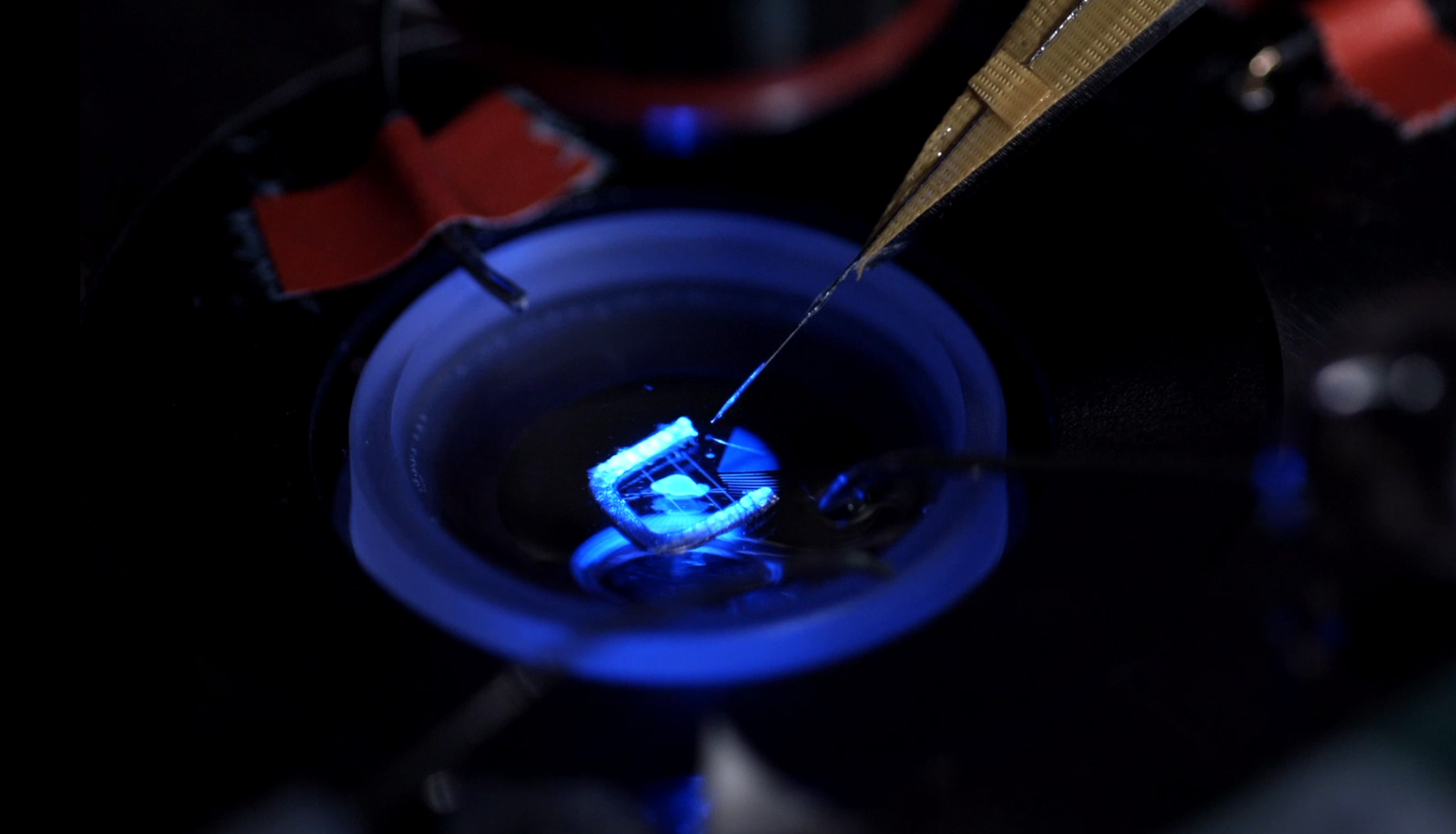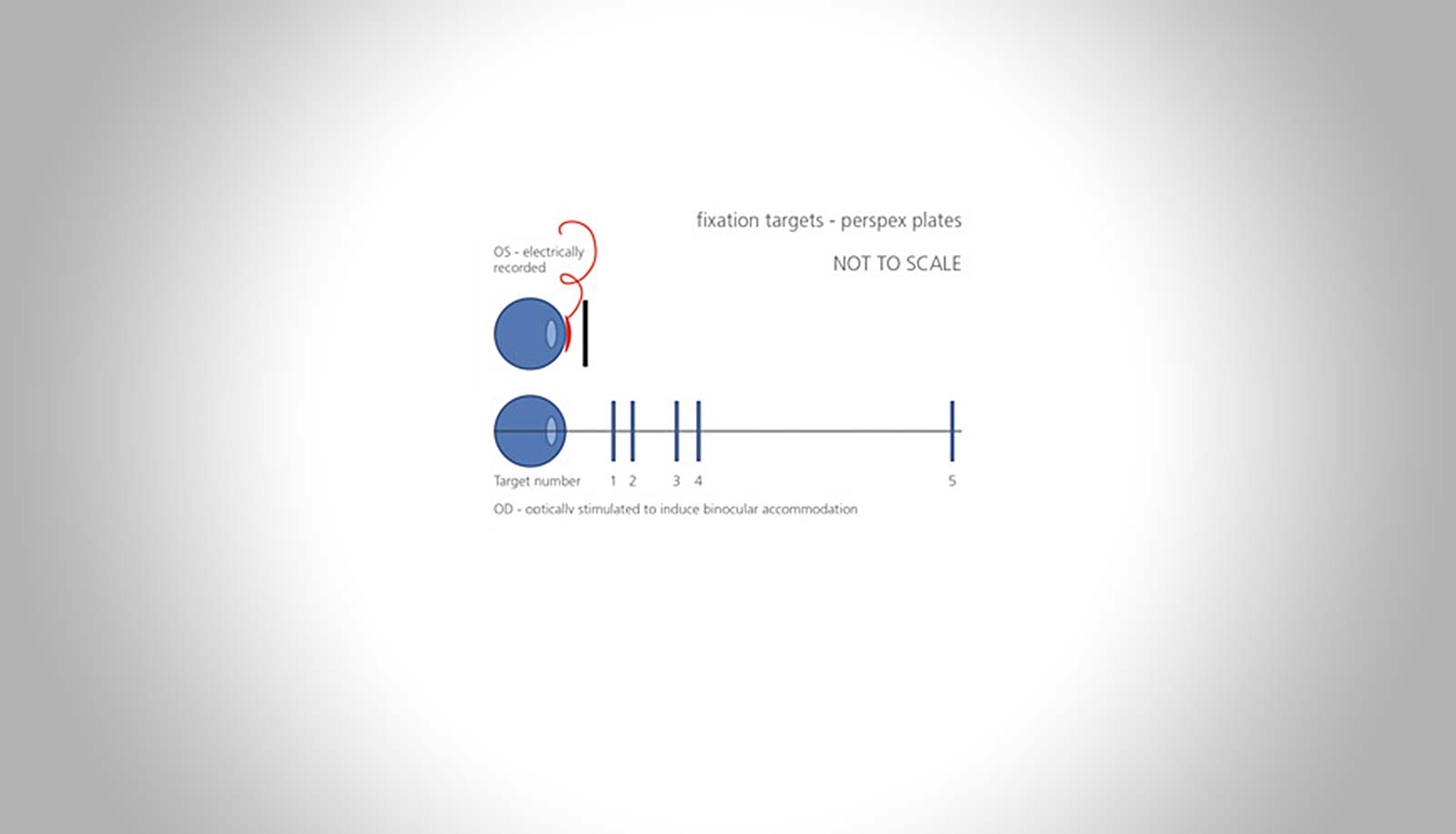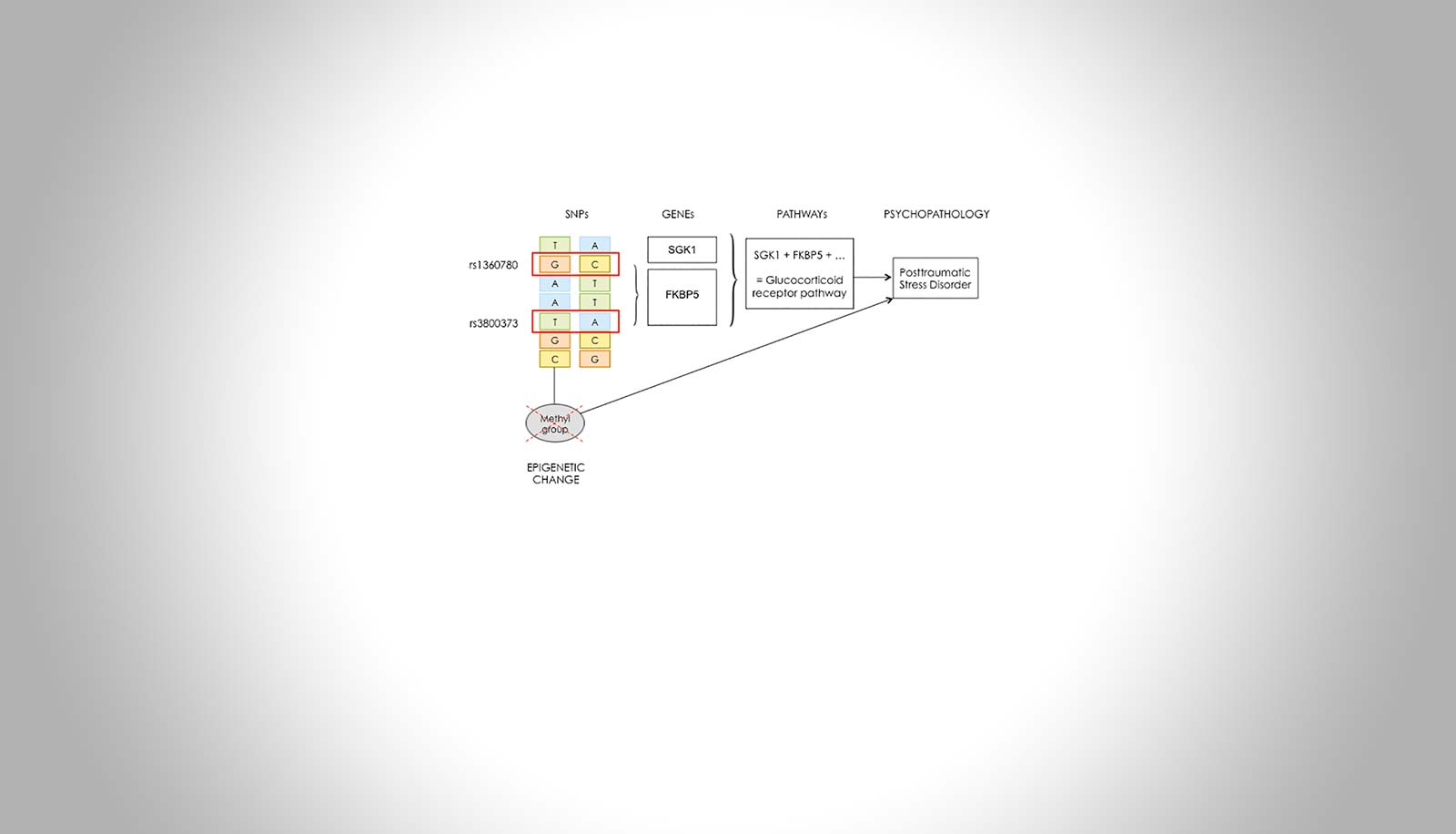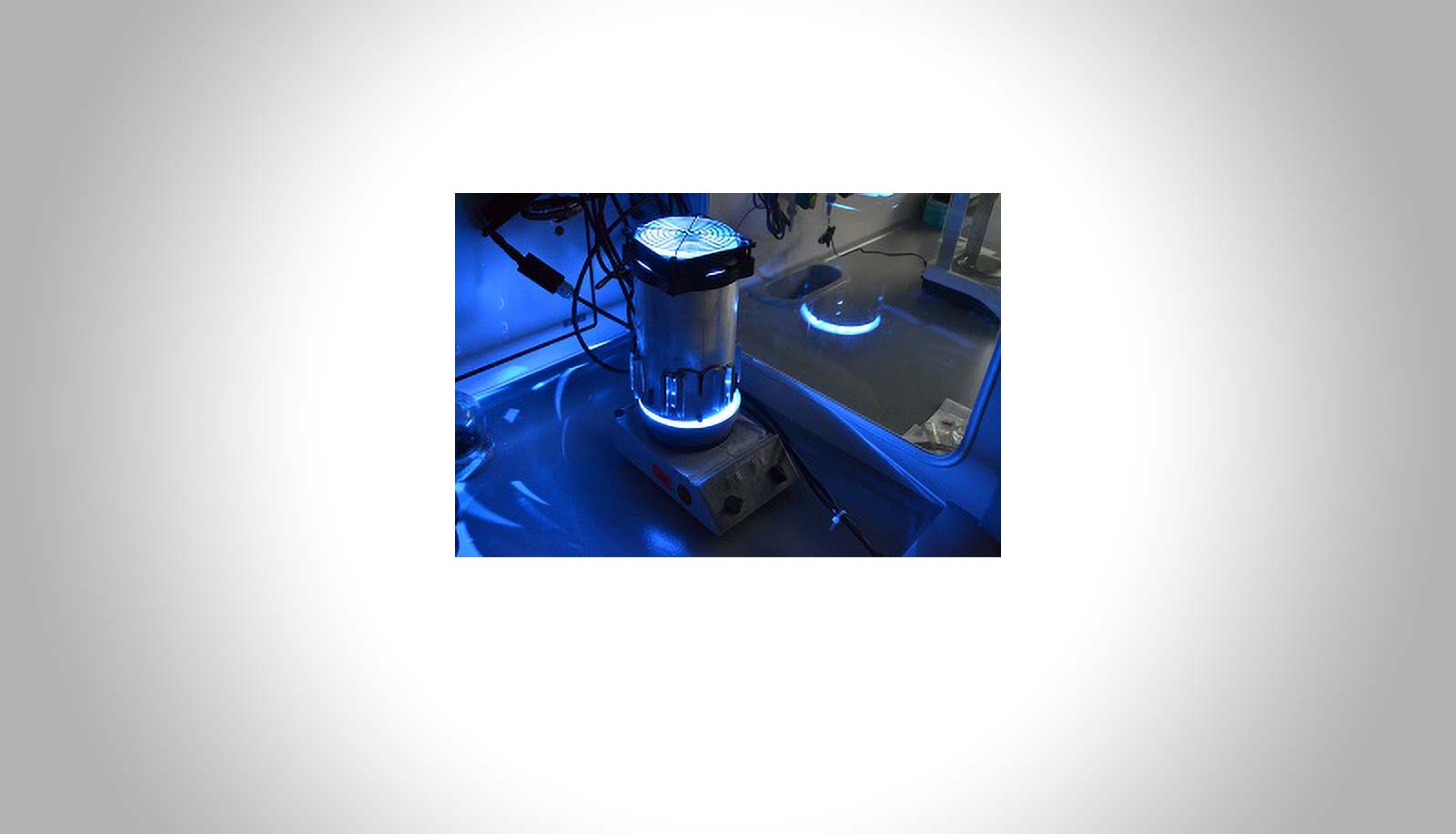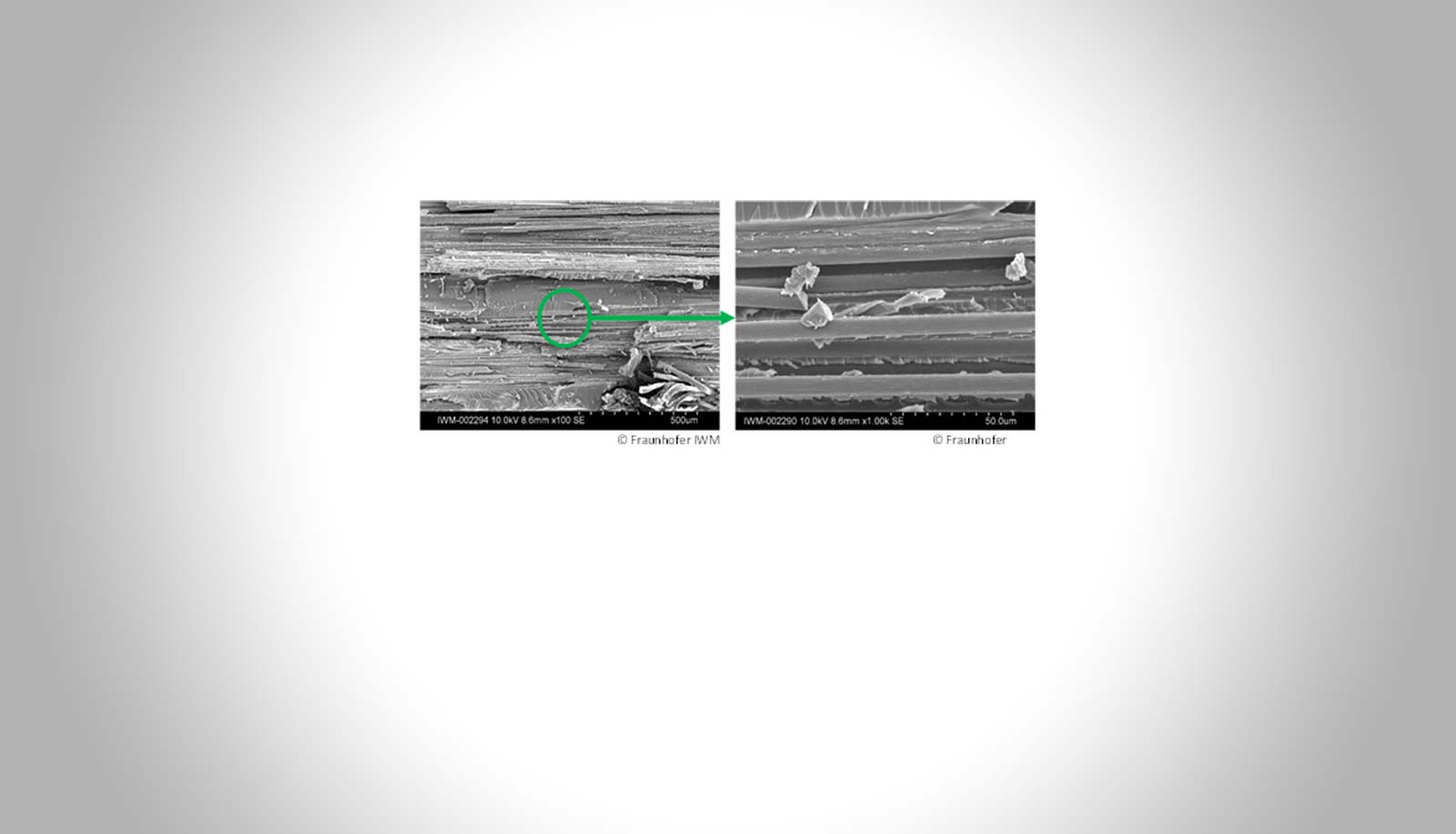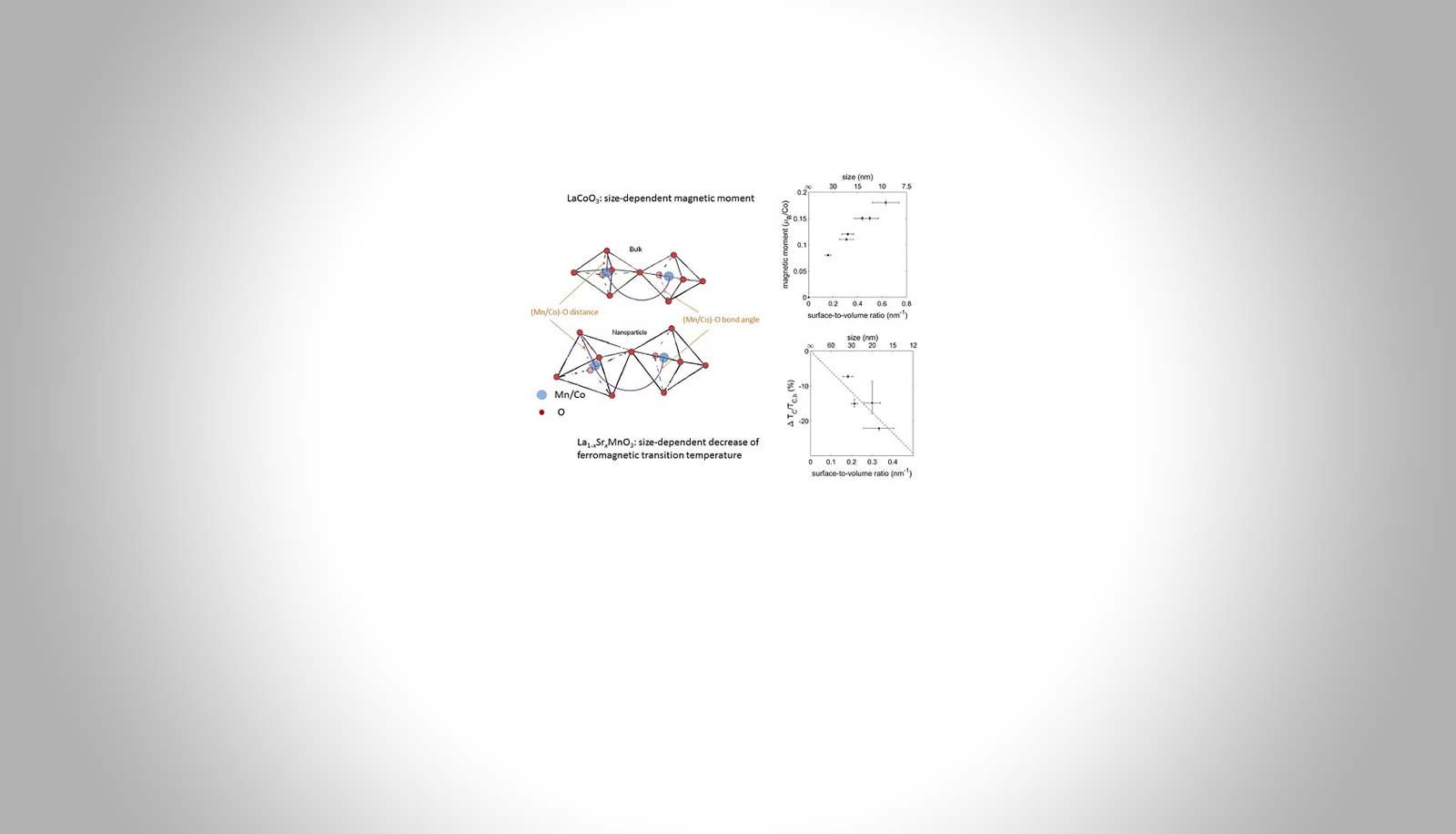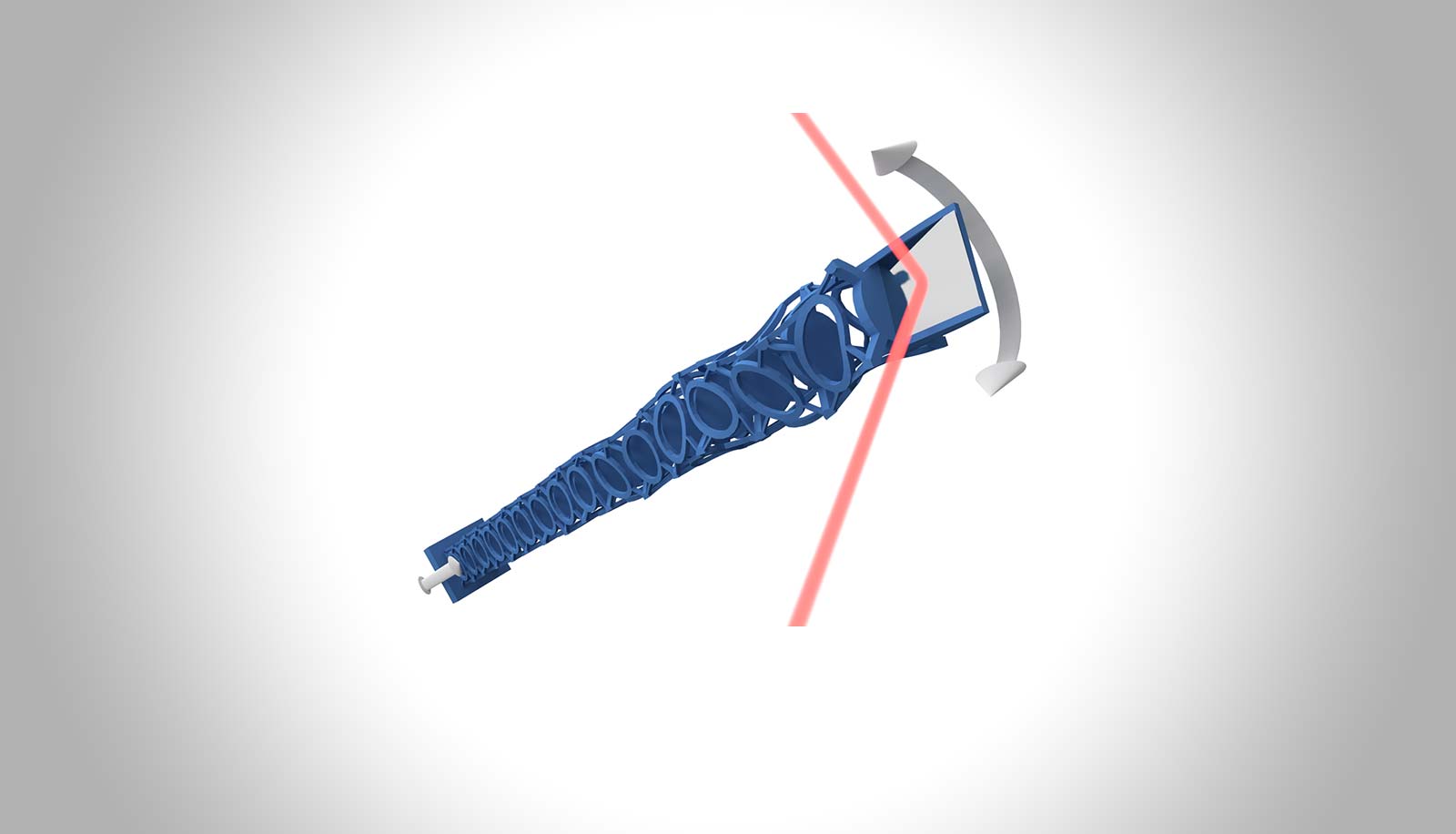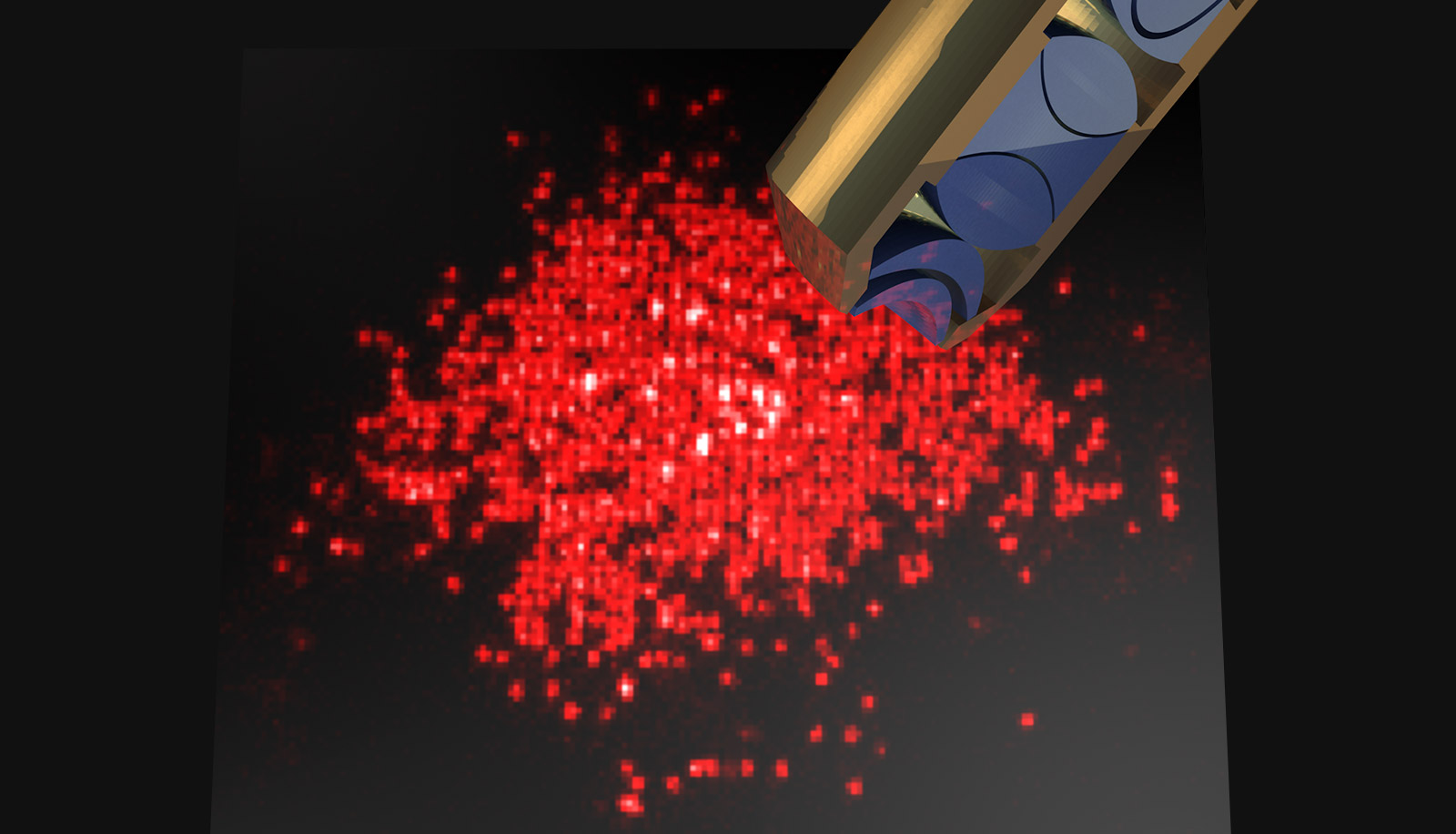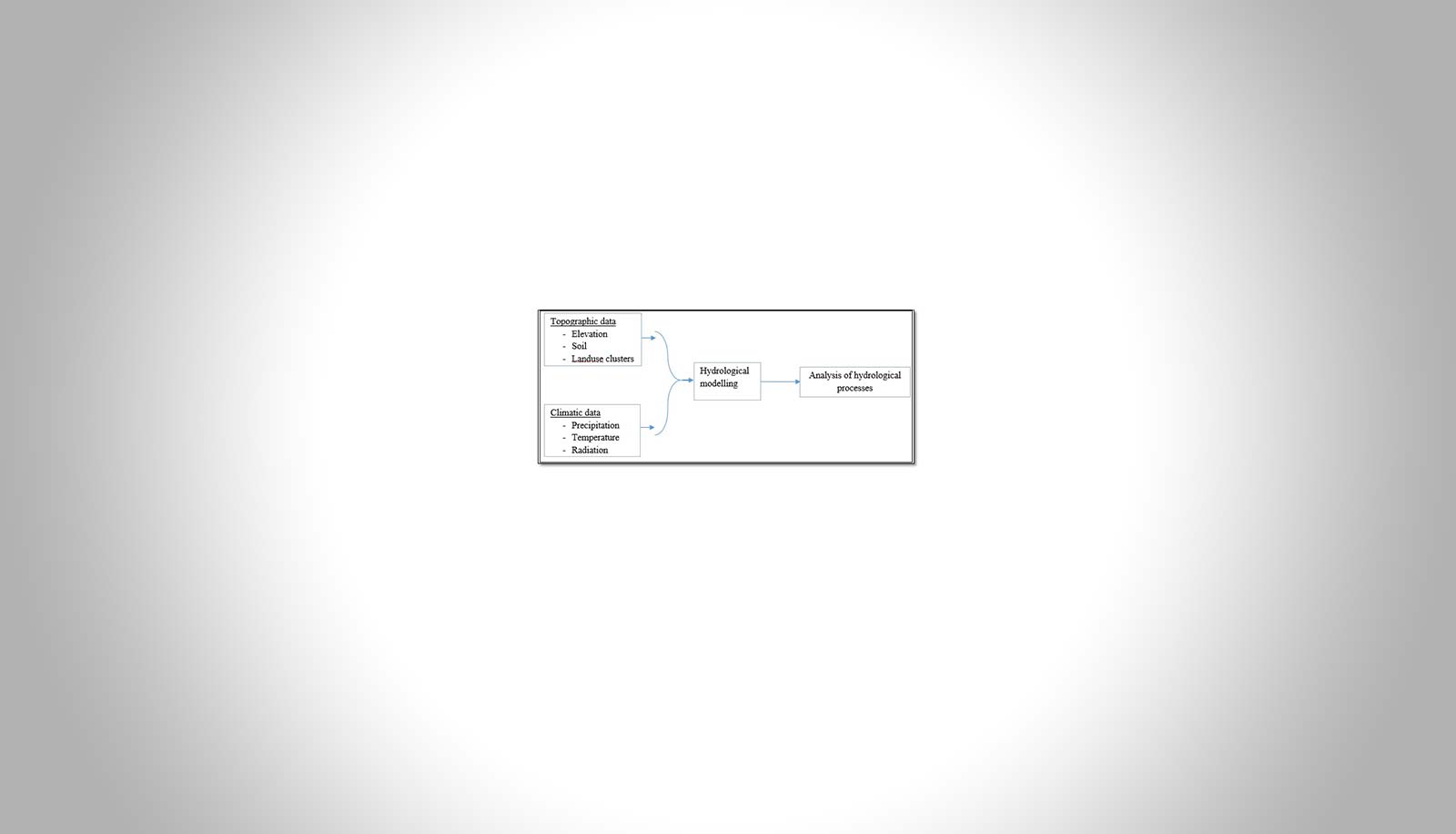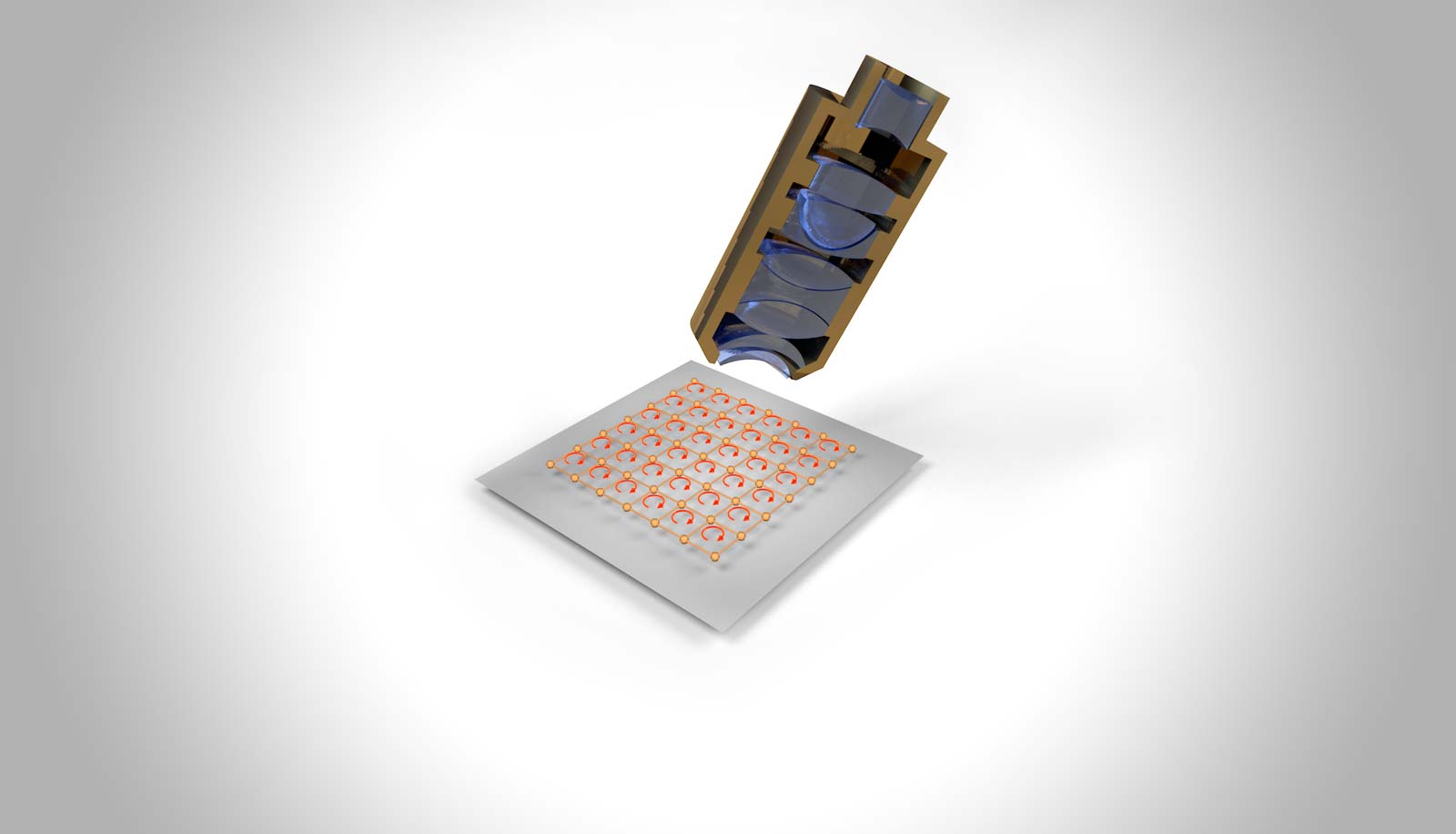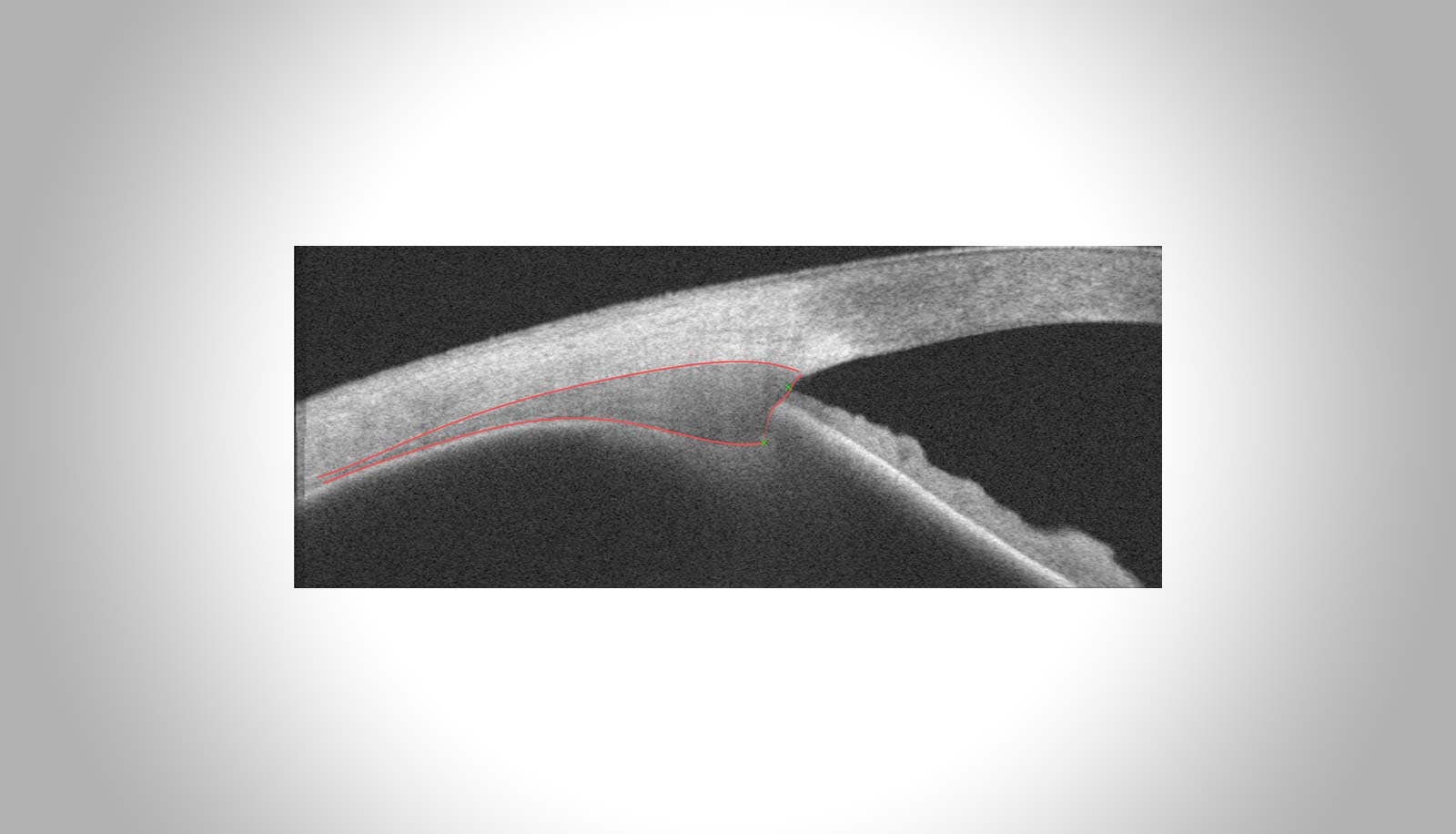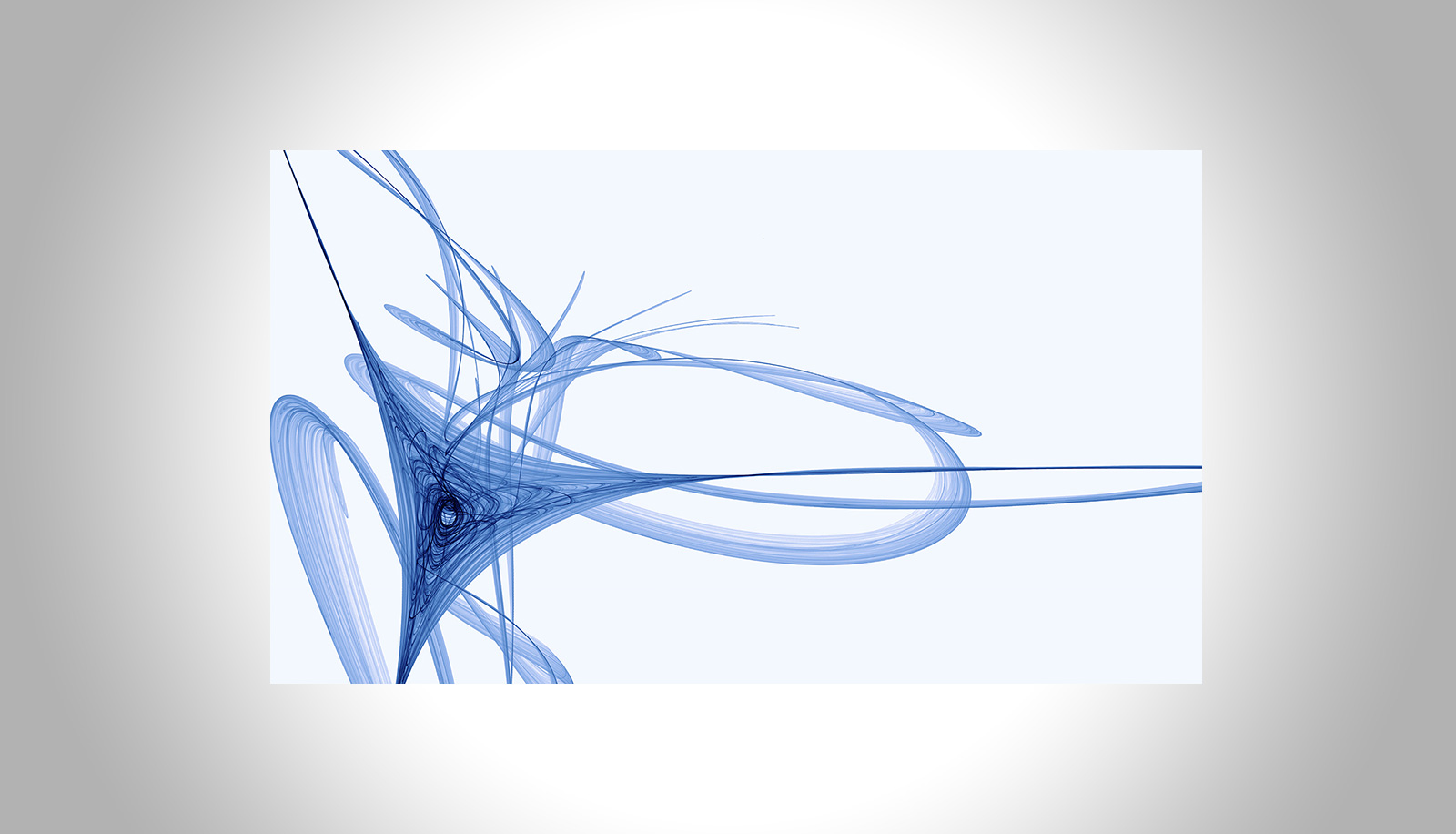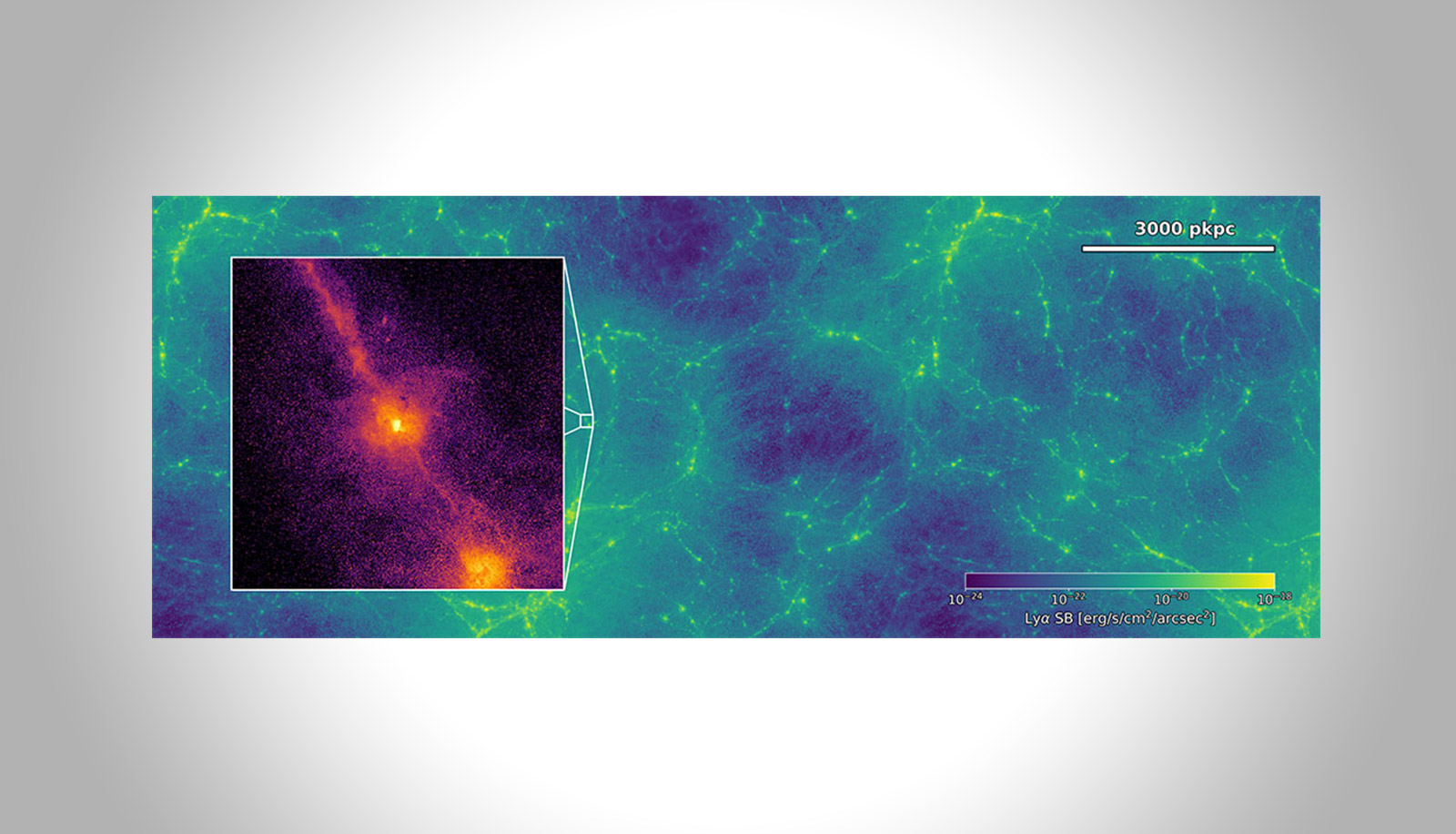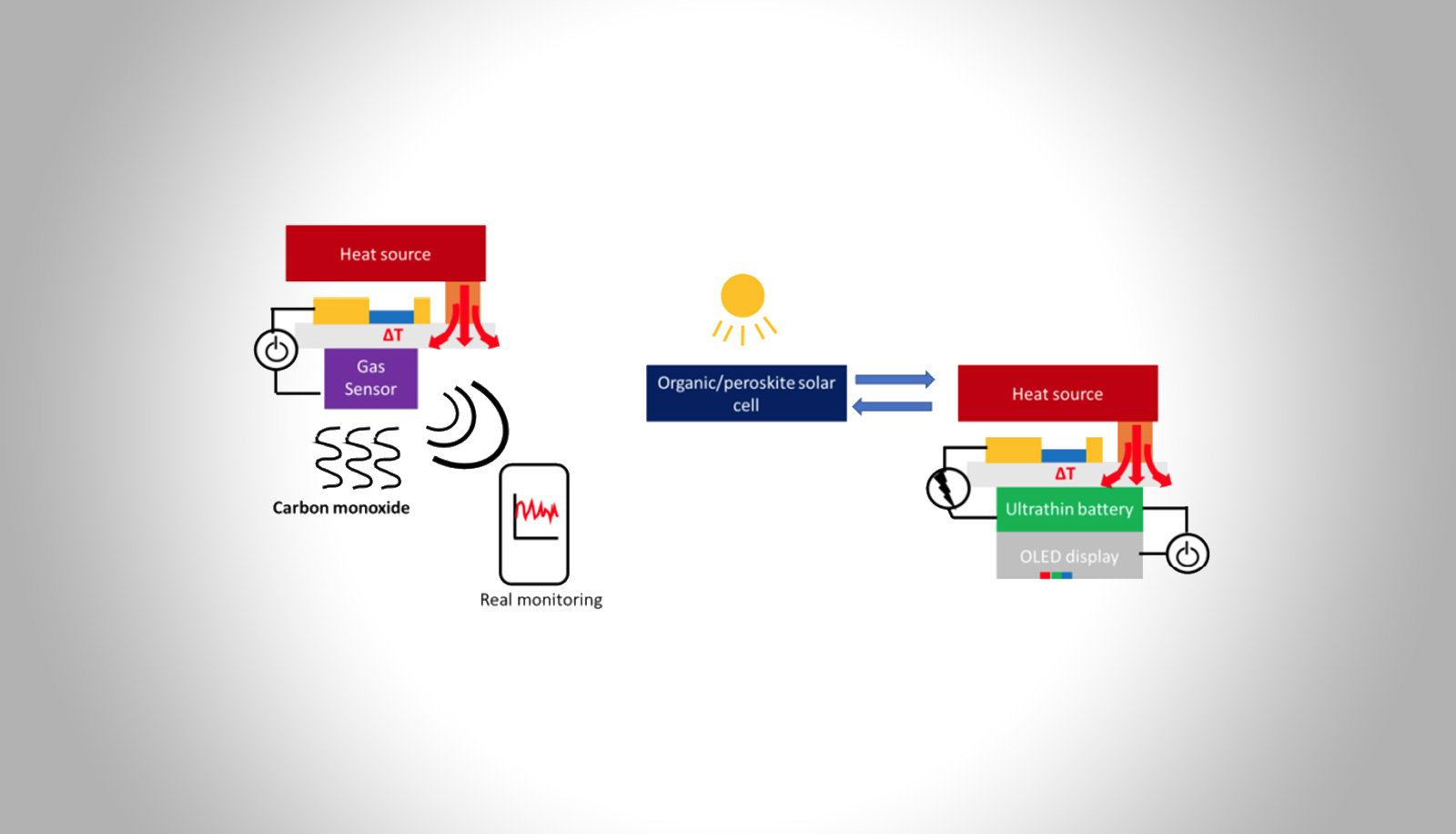Networking and interdisciplinary knowledge transfer
Alumni projectsCompleted projects
The Hector Fellow Academy has created a dynamic network for its alumni in order to maintain the dialogue between outstanding scientists beyond the project period. The regular exchange and transfer of research results as well as the opportunity for long-term interdisciplinary cooperation makes the HFA a vital academy of science. We are pleased that the following projects have been successfully completed.

Completed interdisciplinary projects
Fundamentals of gold catalysis
Dr. Sarah Bay – Hector Fellow A. Stephen K. Hashmi
Dr. Jean-Francois Greisch – Hector Fellow Manfred Kappes
In this project the characteristics of innovative gold catalysts are explored.
Mechanical Metamaterials
Dr. Claudio Findeisen – Hector Fellow Peter Gumbsch
Dr. Muamer Kadic – Hector Fellow Martin Wegener
In this project the characteristics of new metamaterials are investigated.
CarboChip: High performance micro-electrodes for retinal implants
Dr. Wadood Haq – Hector Fellow Eberhart Zrenner
Dr. Franz Selzer – Hector Fellow Karl Leo
Hector Fellow Manfred Kappes
Hector Fellow Martin Wegener
In this project new micro electrodes for retinal implants are being developed.
Stress & Epigenetics: Epigenetic effects of parental stress in offspring
Dr. Amber Makowicz — Hector Fellow Axel Meyer
In this project epigenetic modifications of gene expression by environmental stressors are investigated.
Towards Understanding the Genetic Basis of Appetitive Aggressive Behavior
Jan Gerwin – Hector Fellow Axel Meyer
Aggressive behavior can be of two distinct origins: (1) reactive aggression, as a response to threatening or dangerous situations and (2) appetitive aggression, that is motivated by intrinsic factors, for example positive feelings through the exertion of violence.
High-resolution optogenetics with organic light-emitting diodes (OLEDs)
Giuseppe Ciccone – Hector Fellow Karl Leo
Rodrigo Fernandez Lahore – Hector Fellow Peter Hegemann
In this project, the application of organic light-emitting diodes (OLEDs) in optogenetics will be investigated. Several new technological approaches will be addressed to achieve optogenetic activation and inhibition of neurons with previously impossible lateral resolution. For this purpose, a new OLED technology is to be used, which can imitate electrically switchable different colours.
Completed doctoral projects
Applications of Non-Invasive Ocular Signal Measurements
Margaret Deibel – Hector Fellow Eberhart Zrenner
Several goals were pursued in the development of this work, including the development of a novel in vivo method to measure the ciliary muscle of a human subject non-invasively during accommodation, the characterization of the recorded muscle signals based on the accommodative abilities of the subject, and the development of a device that would utilize the recorded muscle signals to mimic the appropriate level of accommodation for the user, actuated through the use of a variable refractive lens.
Genetics and Epigenetics of Posttraumatic Stress Disorder and its Treatment
Daniela Conrad – Hector Fellow Thomas Elbert
The risk to develop posttraumatic stress disorder (PTSD) depends on the number of traumatic events experienced and individual risk factors, e.g. genetic predispositions. However, to identify causal genetic variants of this polygenic disease, trauma exposure needs to be adequately assessed.
Photocatalysis and Transition-Metal-Catalyzed Reactions of Furane-Derivatives
Daniel Eppel – Hector Fellow A. Stephen K. Hashmi
Fossil resources are increasingly depleted. They have to be replaced as quickly as possible by renewable raw materials, so that a slow transition to a new and modern production of „platform chemicals“ can take place.
Continuum Damage Models for Reliability Assessment of Structural Composites
Zalikha Murni Abdul Hamid – Hector Fellow Peter Gumbsch
The market’s demand for carbon fiber/epoxy composite has dramatically increased due to its significant applications and advantages in industry. Typical loading on the structures that are made up by this material often involves tensile and lateral bending of the composite laminates.
Magnetism in Perovskite Manganites and Cobaltites at the Nano Scale
Cornelia E. Hintze – Hector Fellow Hilbert von Löhneysen
The exact position of atoms in the crystal structure of lanthanum manganites and cobaltates (both anorganic ionic compounds) significantly affects their magnetic properties. The crystal structure of these materials can be altered by pressure, substitution of elements, or crystallite size: Since nanoparticles have a large surface-to-volume ratio, their surface has a dominant effect on the crystal structure, leading to changes compared to bulk materials.
Three-dimensional Chiral Metamaterials
Julian Köpfler – Hector Fellow Martin Wegener
Metamaterials are rationally designed structures exhibiting effective macroscopic material properties that go beyond those of ordinary materials. For instance, by introducing so-called topologically protected resonances it is possible to locally enhance mechanical vibrations and make them robust against perturbations. In this project, chiral metamaterials with topologically protected resonances are designed and fabricated to realize a resonant mechanical laser-beam scanner (see Figure). Such laser-beam scanners are crucial for various applications such as LIDAR, confocal microscopy, projector displays, and material processing.
Fermionic Quantum Gas Microscope
Joannis Koepsell – Hector Fellow Immanuel Bloch
A rich variety of phenomena in solid state systems such as quantum magnetism or high temperature superconductivity still pose open questions on parts of their microscopic explanation. Due to the complexity of these systems, the underlying quantum many-body dynamics is often not accessible to computational simulation.
Influence of River Basin Morphology and Climate Change on Water Partitioning in Semi-Arid River Basins
Phoebe Pauline Onjira — Hector Fellow Franz Nestmann
Increased anthropogenic activities and climate change are causing a global shift in patterns of water fluxes. Semi-arid river basins are characterized by more water stresses, extreme and sporadic climatic events, and have been projected to worsen in many regions under the influence of climate change.
RR Lyrae stars as tracers of substructure and Galactic archaeology
Zdenek Prudil — Hector Fellow Eva Grebel
Galactic archaeology uses stars as fossils to study the evolutionary history of galaxies like our own Milky Way. Cosmological simulations suggest that larger galaxies were partially formed by accreting smaller dwarf galaxies. Such merger events should leave observable signatures in the form of star streams, but empirical constraints on the times, numbers, and importance of such mergers are still missing.
Towards Topological Many-Body Physics Using State-Dependent Optical Lattices
Hendrik von Raven – Hector Fellow Immanuel Bloch
In modern condensed matter physics topology plays a fundamental role in the classification of phases of matter. A prominent example is the quantum Hall effect discovered in two-dimensional electron gases under extreme conditions. Quantum Hall insulators are isolating in the bulk, but exhibit conducting edge states, which results in a quantised Hall conductance.
Genetic & Developmental Basis of Color in Cichlid Fish
Margaret Sefton – Hector Fellow Axel Meyer
Cichlid fish are well-known for their beautiful colors and multitude of body shapes. They are found in the East African Rift lakes where they have formed so-called adaptive radiations, in which hundreds of new species originated extremely quickly – sometimes within less than 100,000 years.
Accommodation Behavior and Ciliary Muscle Activity in Myopia
Sandra Wagner – Hector Fellow Eberhart Zrenner
Prevalence of myopia (shortsightedness) increases considerably in industrialized countries. The mechanisms behind this development need to be fully understood in order to arrive at prevention. The aim of Sandra Wagner’s research was to allow a better understanding of accommodation, address unanswered question regarding myopia onset and support the development of new devices.
Completed Associated Young Researchers Projects
Modular Synthesis of Nitrogen-Stabilized Carbene Complexes
Vanessa Vethake — Hector Fellow A. Stephen K. Hashmi
This project dealt with the development of a modular synthesis that allows access to a wide range of catalysts with properties tailored to the needs of the reactions to be catalyzed. The synthesis makes it possible to construct various N‑heteroacyclic and N‑heterocyclic carbene ligands with a wide range of electronic and steric properties directly at the metal center.
Circumgalactic medium and the cosmic web
Chris Byrohl — Hector RCD Awardee Dylan Nelson
A cosmic web of galaxies and diffuse gas permeates our Universe. This cosmic web glows through faint, but measurable, Lyman-alpha emission of its neutral hydrogen. This project aims to characterize said cosmic web in cosmological simulations of galaxy formation. Connecting to upcoming observational data sets, new pathways for our understanding of galaxy and structure formation emerge.
Novel applications with organic thermoelectric modules
Shu-Jen Wang – Hector Fellow Karl Leo
This project aims at using modulation doped organic thermoelectric modules for energy harvesting in niche areas where module flexibility is key. We will develop novel device architectures based on modulation doped organic thermoelectrics to enable innovative applications.



